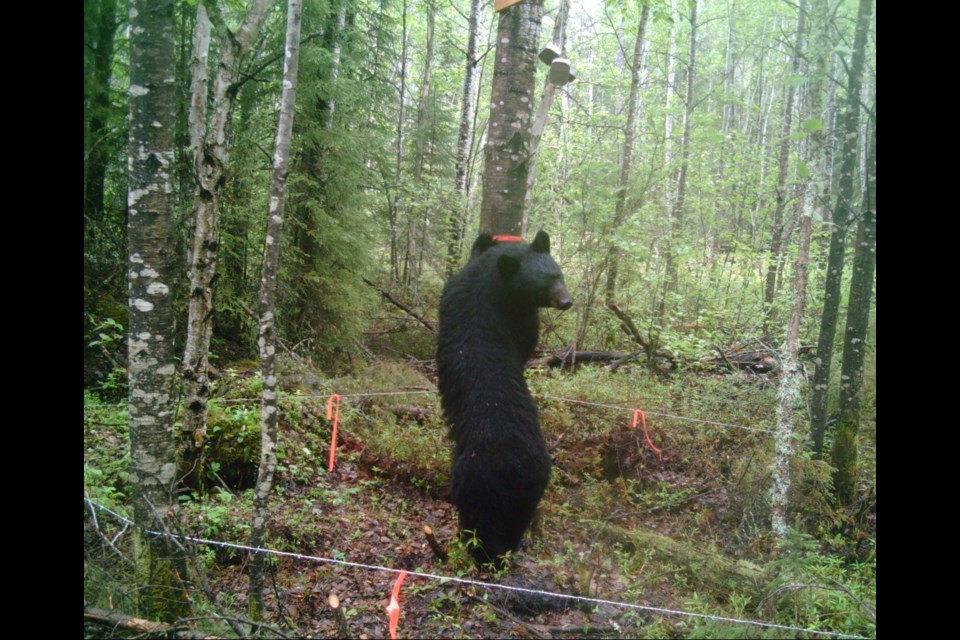THUNDER BAY — The keen sense of smell that bears are well-known for will help Ministry of Natural Resources and Forestry biologists determine the health of northern Ontario's bear population.
This month, ministry staff will set up special survey stations -- baited with sardines -- to collect small samples of fur from hungry bears.
When the animals follow their noses to the fish, they'll have to navigate past some barbed wire.
As they rub against the wire, they will leave behind a hair sample that can be sent to a laboratory for DNA analysis.
The data will be collected over several weeks, which tells biologists which bears are returning to the snack bar and which have come for the first time.
The MNRF says this information will help scientists estimate the number of bears in each area being surveyed.
The last time the ministry used this counting method was 2011. This is the third year of a new, seven-year survey cycle.
Starting right after Victoria Day weekend, at least 440 bait stations will be established for a period of five weeks in nine different Wildlife Management Units in northwestern Ontario.
Ministry spokesperson Michelle Nowak said it's currently estimated tha there are between 85,000 and 105,000 bears in Ontario, a number that has held steady for about twenty years.
